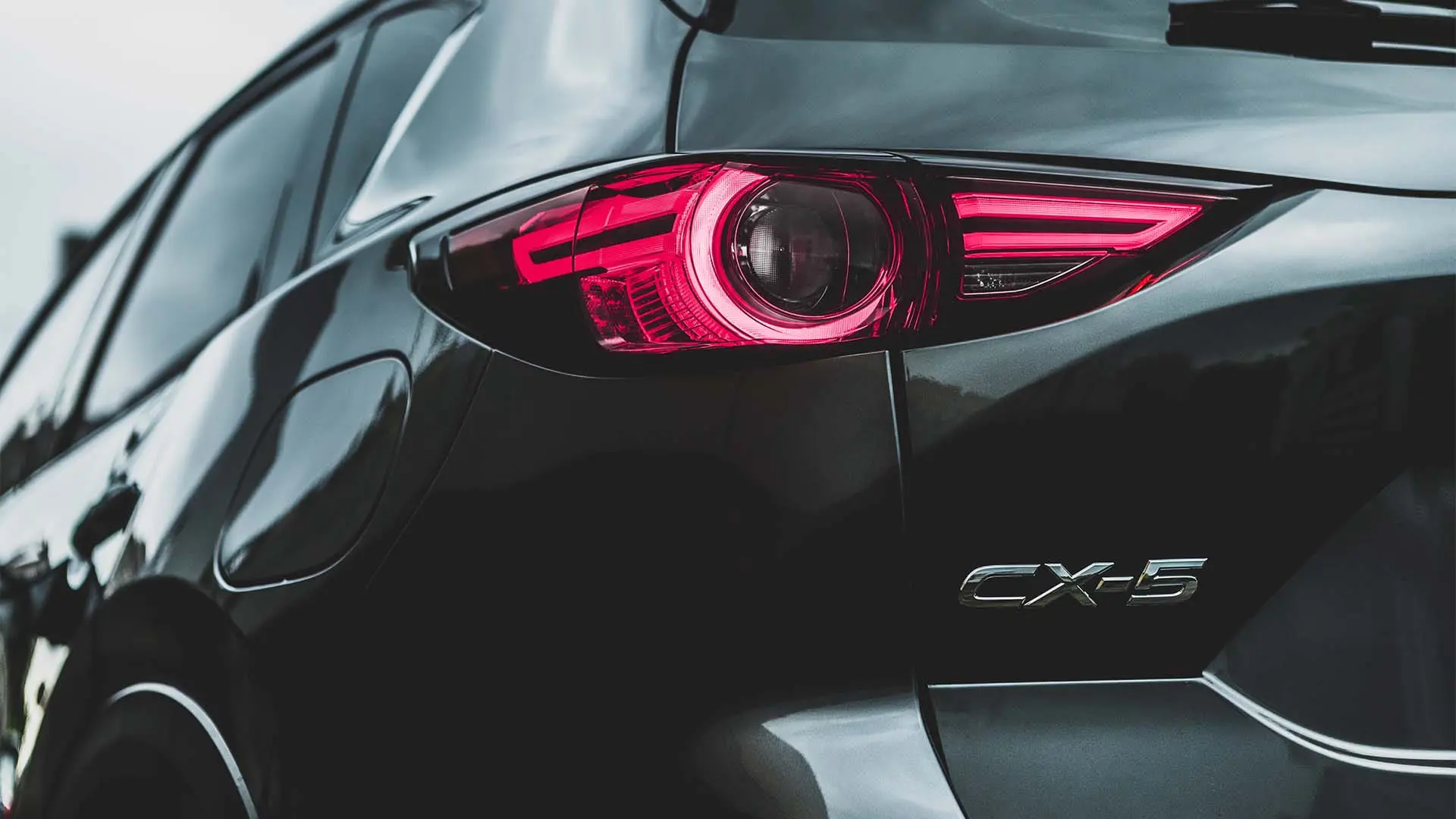On average, a brand new car loses about 20% of its value over the first year, and half its value over 4 years. After 10 years, it’s probably worth less than 5% of its original value. The fact is your car is worth what someone would pay for it, which means to find the actual cash value, all you have to do is find similar cars for sale online, and nudge up or down based on the exact features, conditions and the number of kilometres driven compared to your car. That’s what insurers do when deciding how much to pay you after a total loss.
It’s been said that a new car loses 10% of its value the second you drive it off the lot. This may not be exactly right, but it’s close. Your car does lose value quite quickly over the first year that you own it, and then more slowly over time. That said, when your car is badly damaged in an accident, and the insurance company determines that it’s a total loss (or write-off), it can seem like they are low-balling the value. As a policyholder, you have the right to challenge the insurance company’s valuation, but you’ll have to present proof.
How Much is Depreciation?
There’s no formula for depreciation, because in a free market economy like ours, your car is worth whatever someone is willing to pay for it. Different brands are said to hold their value better than others, but generally, depreciation works something like this:
| Vehicle’s Value | Value Lost | |
| When you buy it | $50,000 | 0 |
| The second you leave the lot | $45,500 | 9% |
| After 1 year | $40,500 | 19% |
| After 2 years | $34,500 | 31% |
| After 3 years | $29,000 | 42% |
| After 4 years | $24,500 | 51% |
| After 5 years | $20,000 | 60% |
| After 6 years | $15,500 | 69% |
| After 7 years | $11,500 | 77% |
| After 8 years | $8,000 | 84% |
| After 9 years | $4,500 | 90% |
| After 10 years | $1,500 | 97% |
What Factors Affect The Value of My Vehicle?
A quick search on AutoTrader.ca will show you that depreciation is not at all an exact science. You may see 3-year-old vehicles and 7-year-old vehicles both listed for about half their original price. When you look more closely, you’ll always see a reason for the discrepancy. Generally it’s one of the following:
- Kilometres – Some people drive a lot, while others drive very little. At the time of writing, there was a 2015 Nissan Pathfinder for sale on Auto Trader with 32,000 kms and another one with 132,000 km. The asking price differed by $10,000.
- Condition & History – Even if two vehicles are the same year, make and model, and have approximately the same mileage, if one has been in accidents or been stolen, that will push down the price. Also any obvious problems like dents, scratches and rust will negatively affect the ACV.
- Model and Features – When you buy a new vehicle, the exact model you buy makes a big difference in the Manufacturer’s Suggested Retail Price (MSRP). For example, the 2015 Nissan Pathfinder S 4DR 2WD had an MSRP of $31,498, while the 2015 Nissan Pathfinder Platinum 4DR 4WD had an MSRP of $48,665. You might think it’s the same car, but it’s not. Optional features like a sunroof, cruise control and heated seats can also add thousands to the MSRP. Just like some cars maintain their value better over time, some features do as well.
Sample Valuation
Here’s an example of how you would determine the ACV for your 2015 Nissan Pathfinder S 4DR 4WD, with 91,500 km, no accidents and no optional features.
The easiest way to get an approximate ACV for your vehicle is to go to Kelley Blue Book, and enter the particulars of your vehicle.
According to Kelley Blue Book, the ACV for your Pathfinder, in good condition, is $17,577.
Your insurer is likely to do a little more research than that, so you should too. That means finding comparable models that are currently for sale. So when you search for a 2015 Nissan Pathfinder, you’ll find a lot for sale, but they’re not all comparables. You’ll see Pathfinder Platinums and Pathfinder SVs and Hybrids. Try to find exactly your model. Here is a list of exact matches on year, make and model.
| Comparable Vehicle | Comparable Price | Kilometres | Condition | Optional Features |
| Pathfinder S 4WD #1 | $22,995 | 36,269 | No accidents, certified pre-owned | Roll bar |
| Pathfinder S 4WD #2 | $21,500 | 119,500 | 1 minor accident | Tinted windows, Spoiler |
| Pathfinder S 4WD #3 | $20,780 | 89,950 | No accidents | NA |
| Pathfinder S 4WD #4 | $17,995 | 87,194 | 2 minor accidents, reconditioned, detailed | Bluetooth |
| Pathfinder S 4WD #5 | $17,995 | 80,250 | No accidents | NA |
| Pathfinder S 4WD #6 | $15,731 | 106,125 | No accidents | Illuminated entry |
First off, you can forget about the first vehicle listed, which has very low mileage and so is in a different stratosphere price-wise. Number 2 also can be excluded because the owner is asking significantly more than the market for a vehicle with more km and an accident on its record. Your price is somewhere among the other 4.
One perfectly valid way to pinpoint it is to take an average ($18,125), but then subtract 5% to account for the fact that buyers will negotiate.
That makes your price $17,220.
So you have two methods, both pointing to a price in the $17,000s. If your insurer offers you less, you have a valid argument against them. If you think your vehicle is worth significantly more, you’ll have to produce proof that it was in exceptional condition, or that it had features that would make it more valuable.
Want to Avoid These Calculations Altogether?
If you drive a vehicle that’s less than 5 years old and you’re the first owner, there may be a way to avoid any arguments about what you should be paid in the event of a total loss. Starting around $5 a month and increasing to around $25 as your car ages, you can get what insurers call a waiver of depreciation. That means that if your car is a total loss, the insurance company will pay you either the price you originally paid, or the price of a comparable brand new vehicle, whichever is less. This is still subject to your deductible, but it essentially means that your car is insured for what you originally paid.
Get Top Dollar For Your Wrecked Vehicle
You may need fight to get a fair price for your vehicle if it becomes a write-off. We’ve given you some strategies to make sure you know what a fair price is, but if you’re working with a licensed insurance broker, they will be on your side against the insurance company, and will help you get the claims payout you deserve. Moreover, when you’re shopping for with Mitch Insurance, we always recommend a waiver of depreciation if yours is a newer vehicle. It’s well worth the price.
Two ways that managing your insurance through a top brokerage like Mitch Insurance can make for a better insurance experience.
Looking for car insurance?
Speak with a Mitch Insurance broker today to get a quote on Ontario auto insurance. Learn more >
Call now
1-800-731-2228







